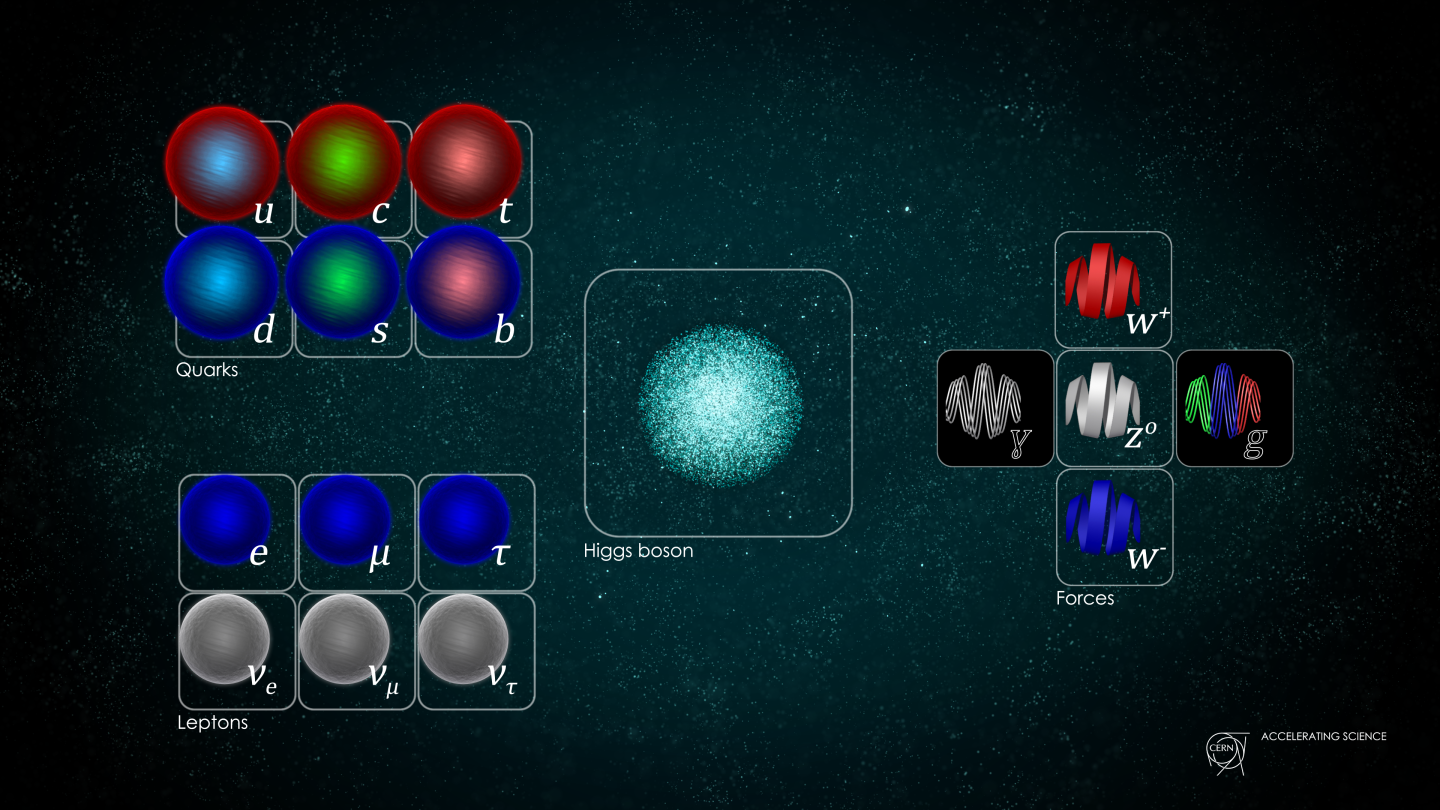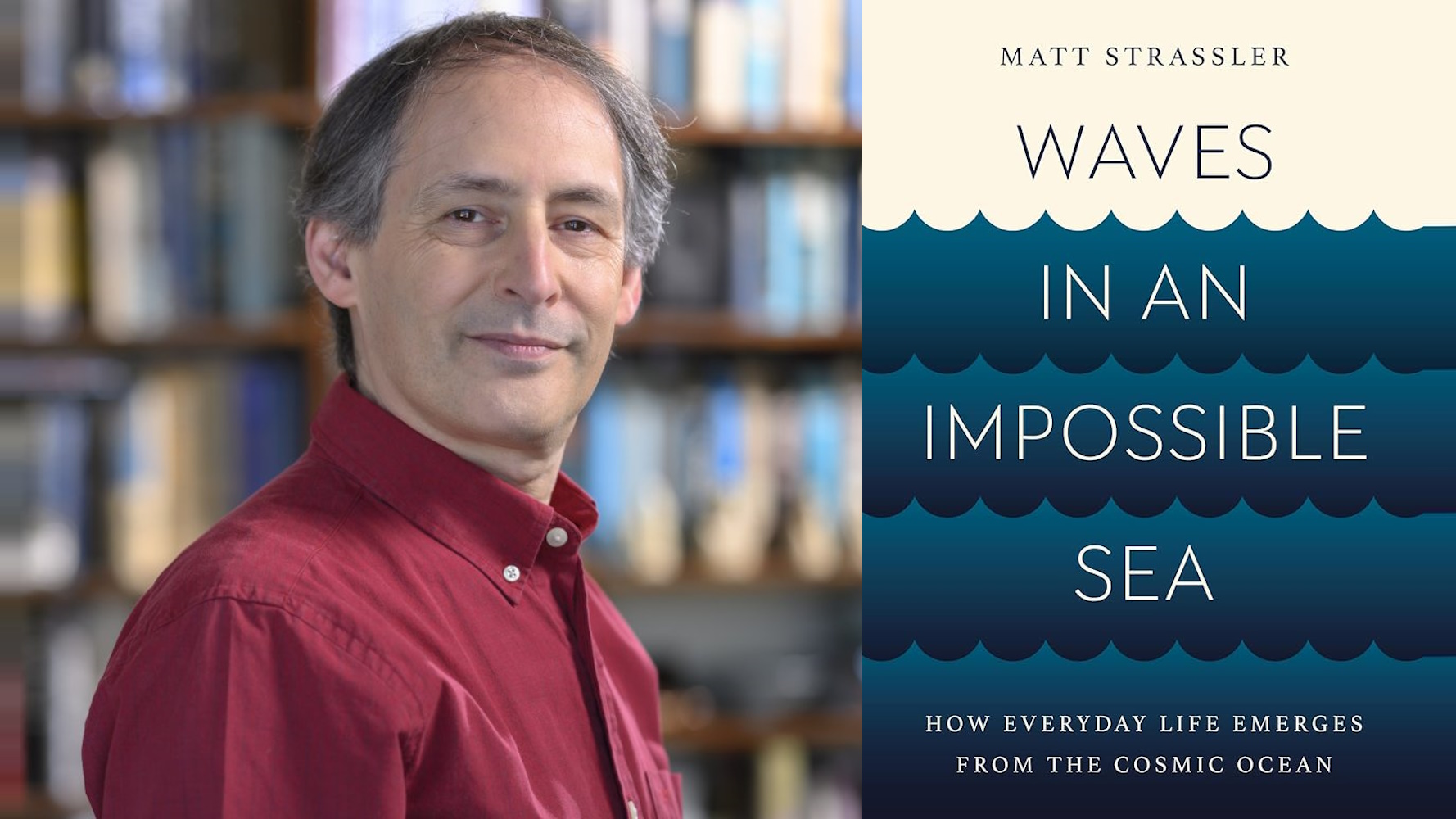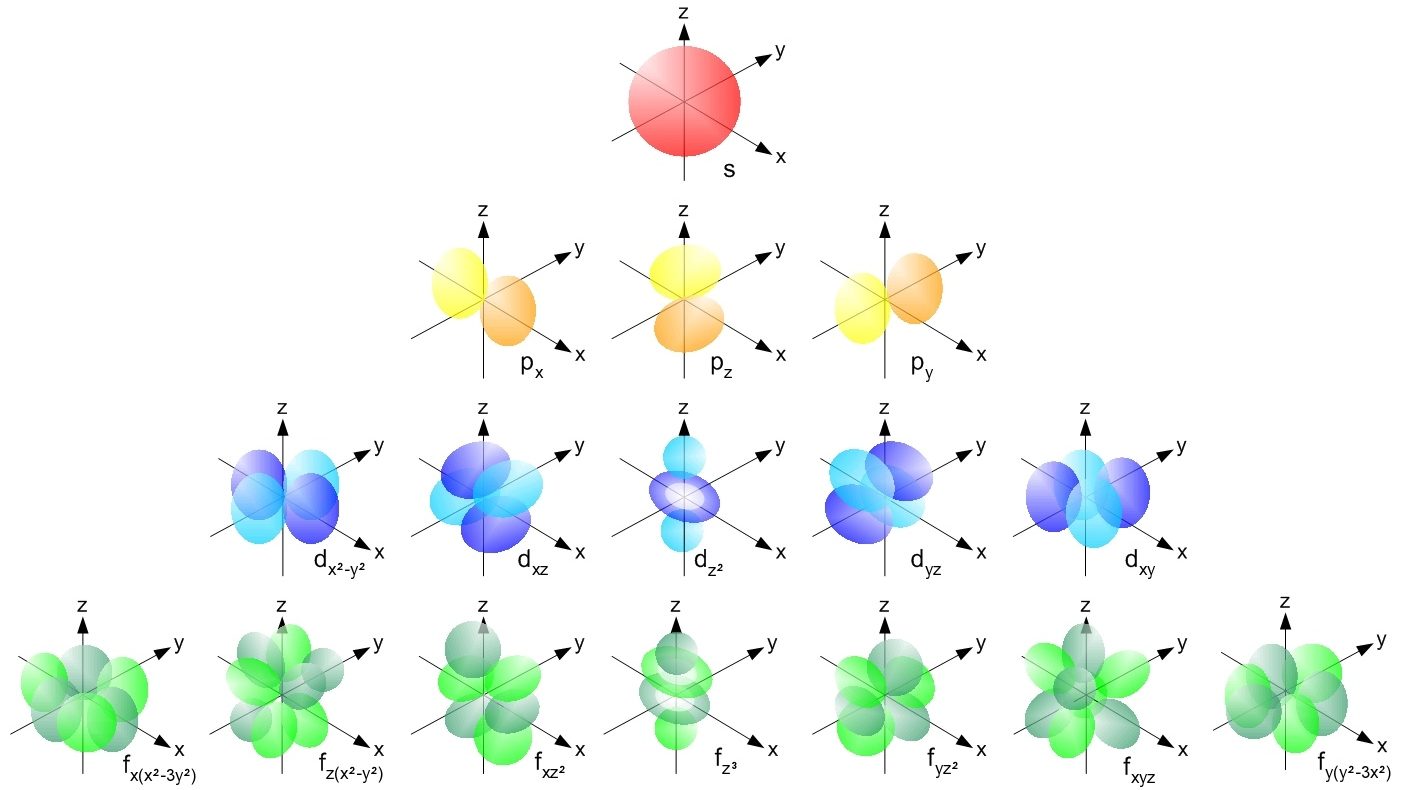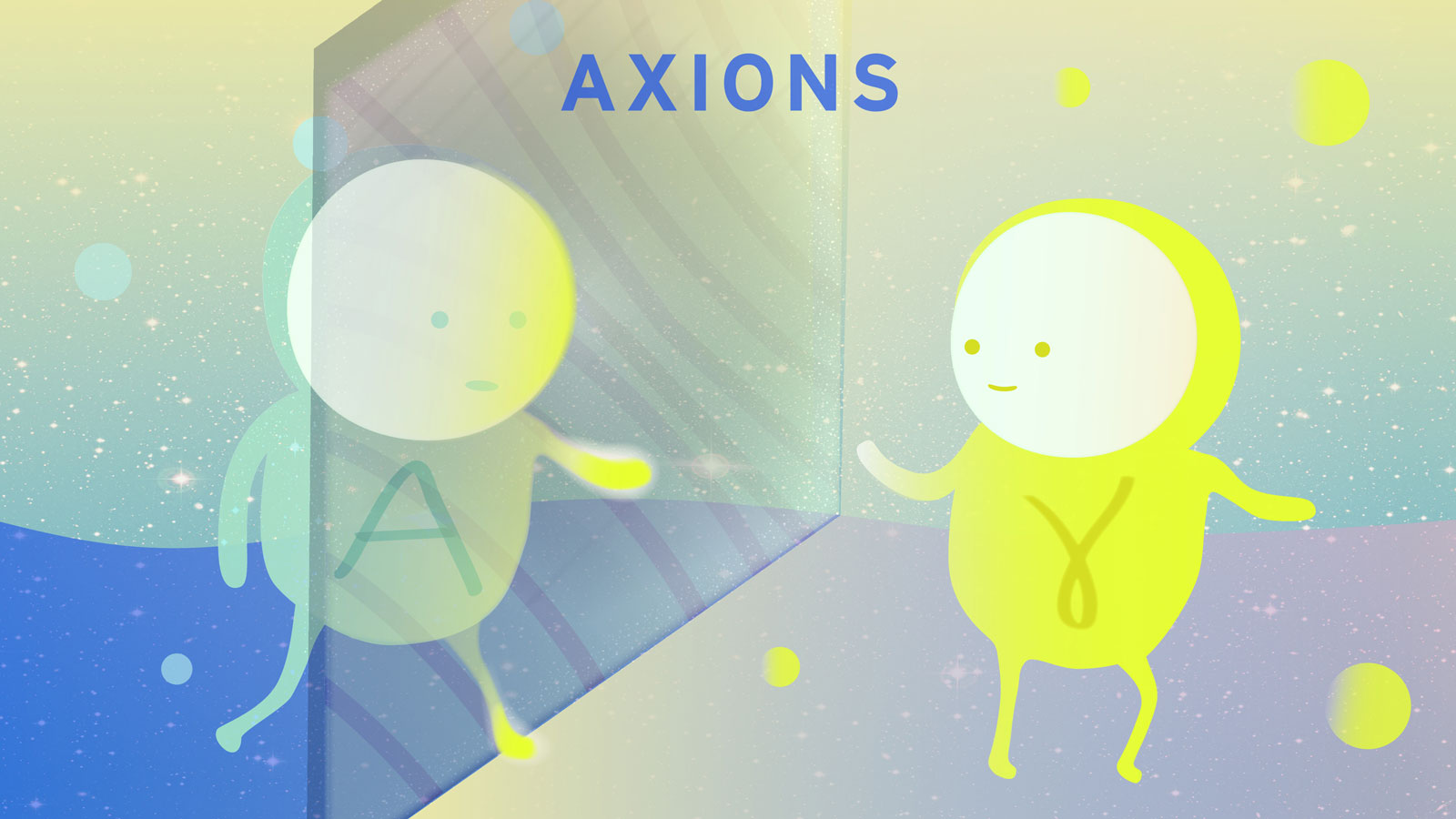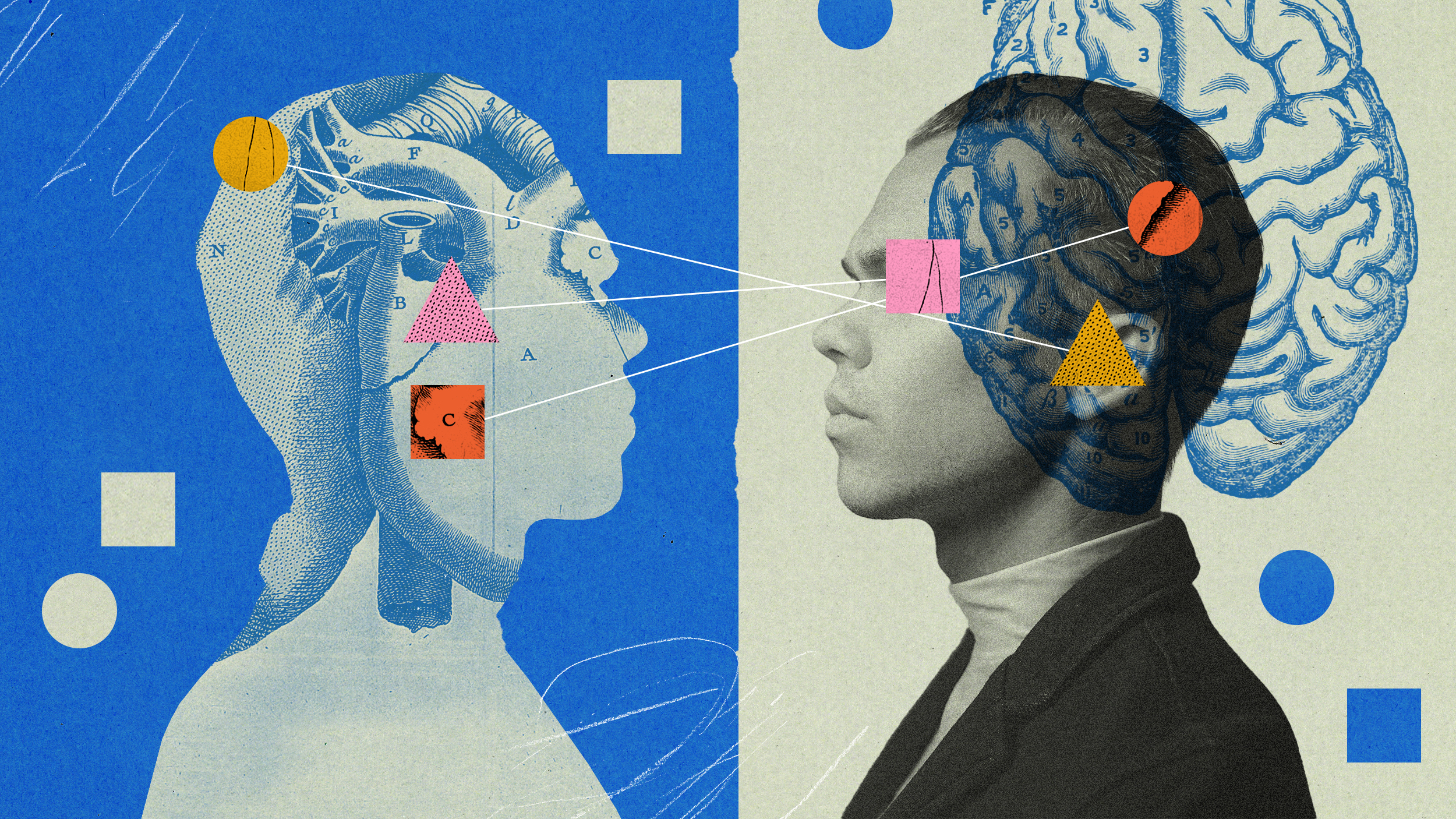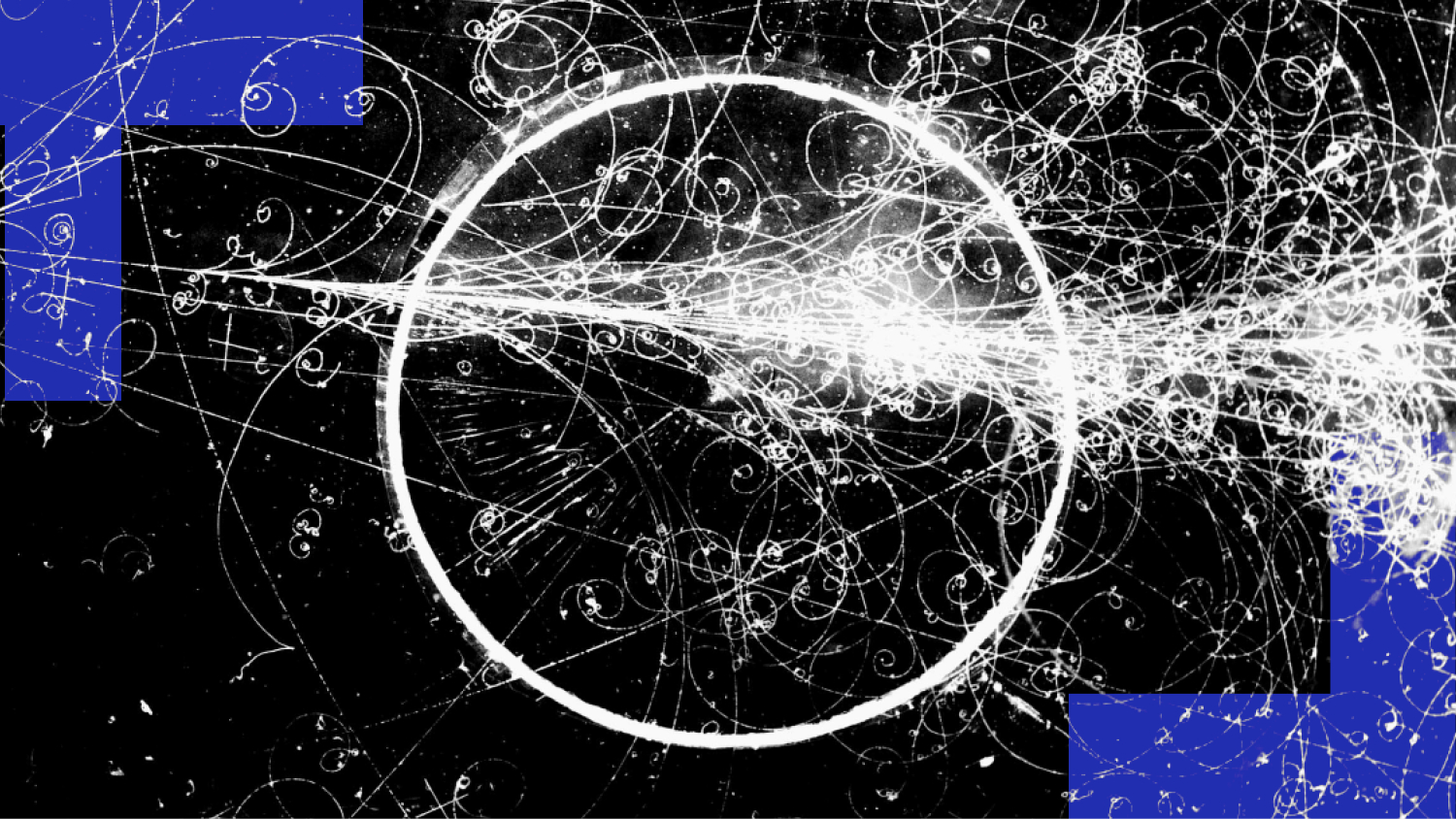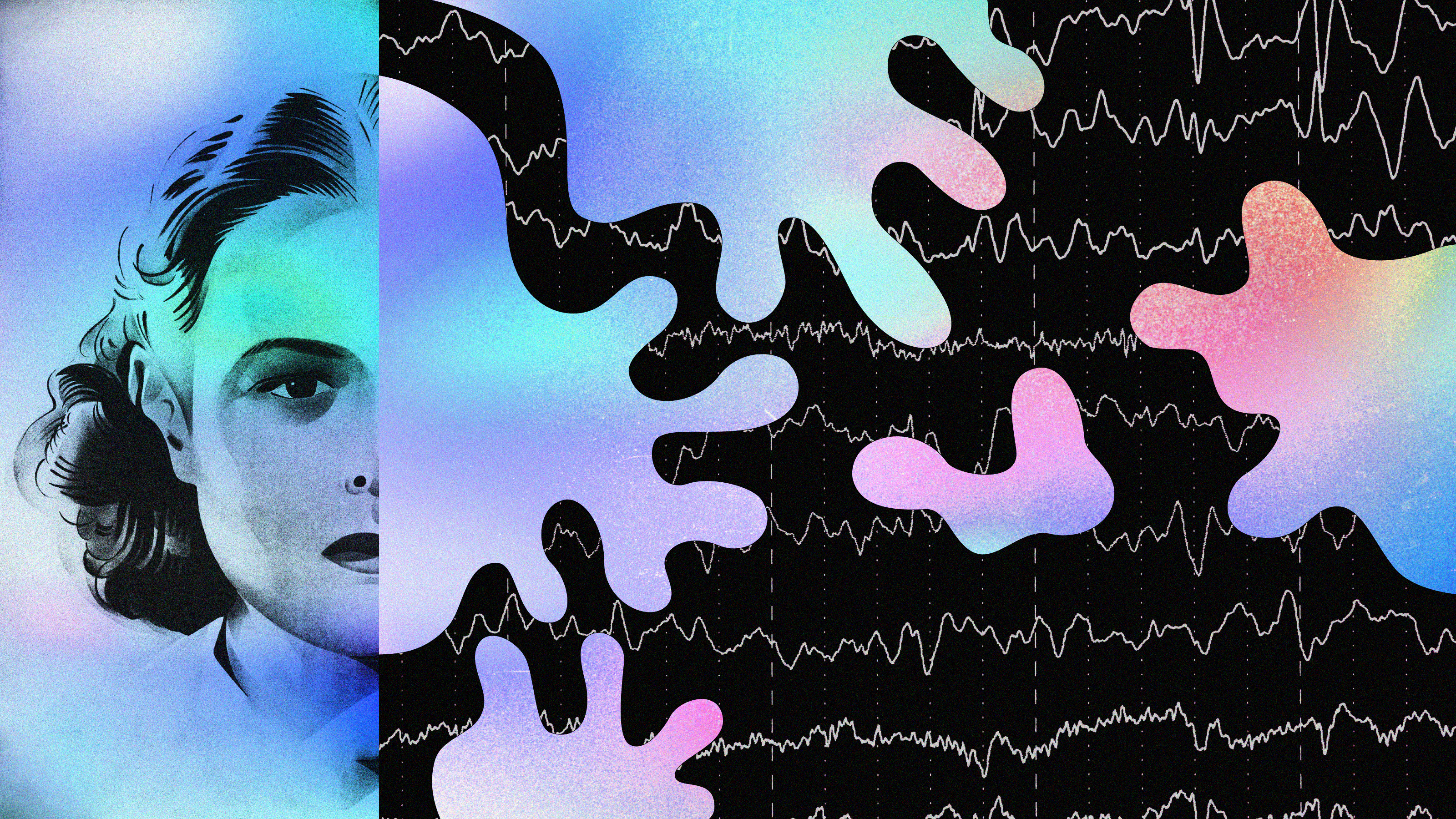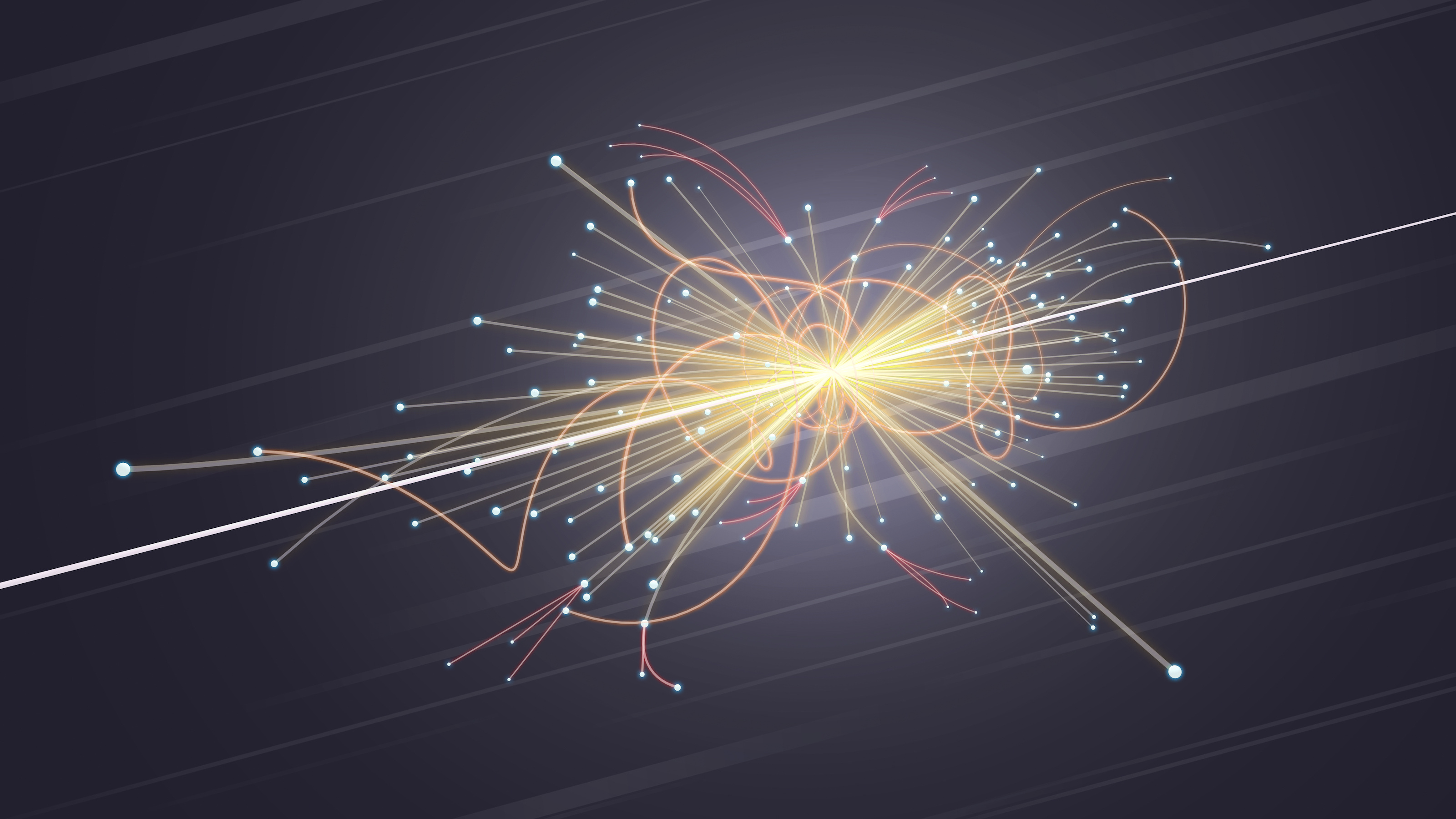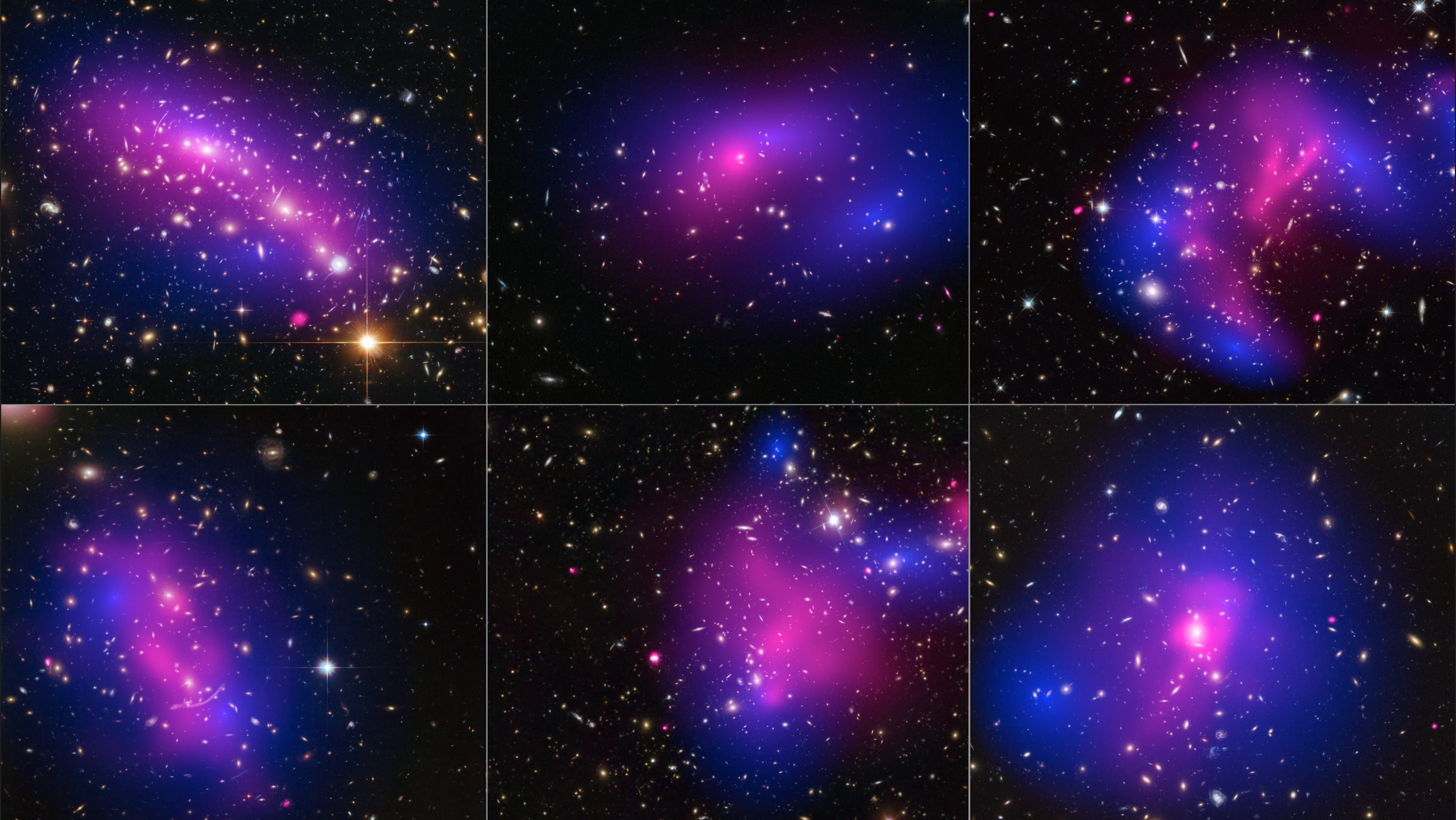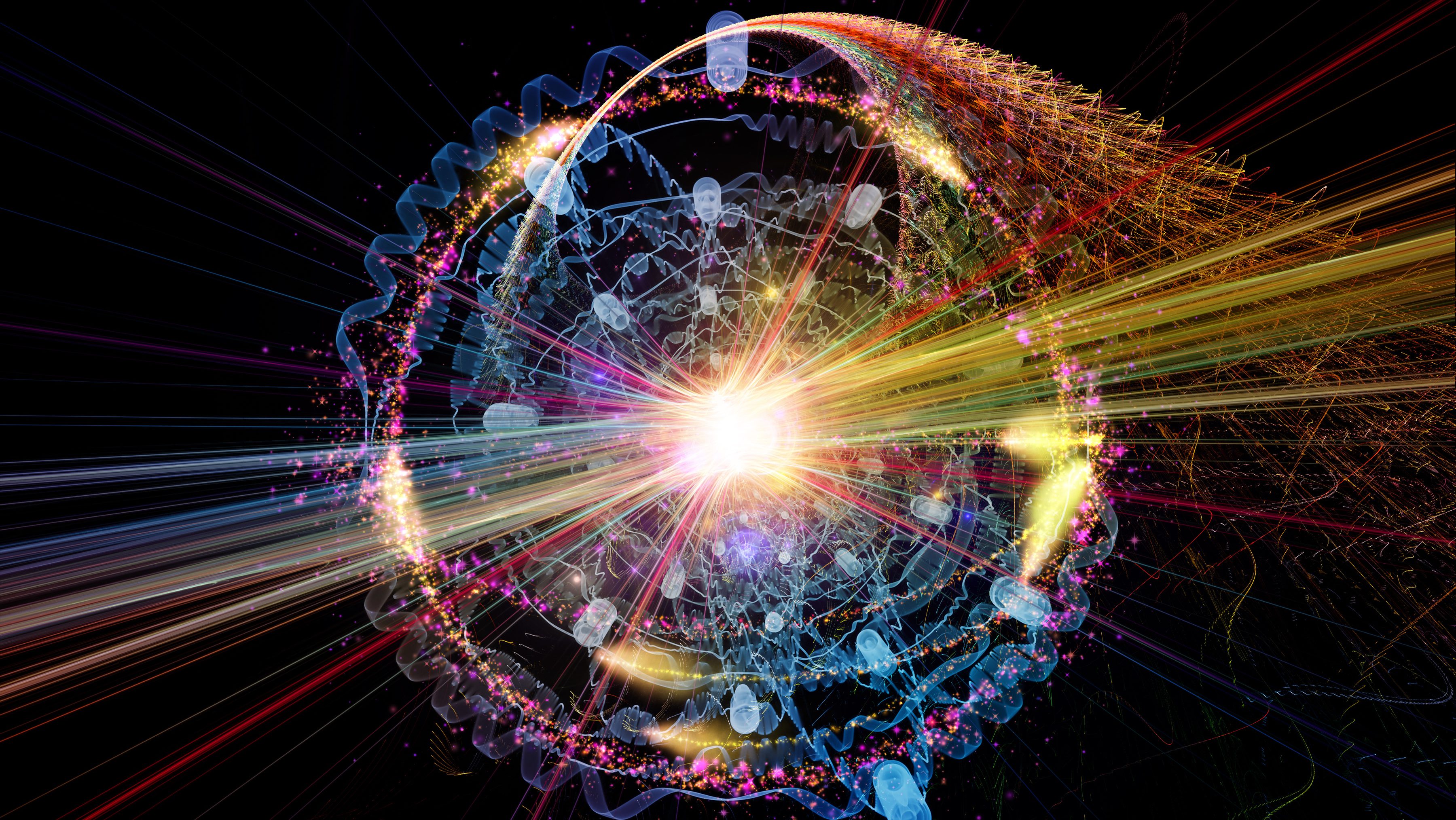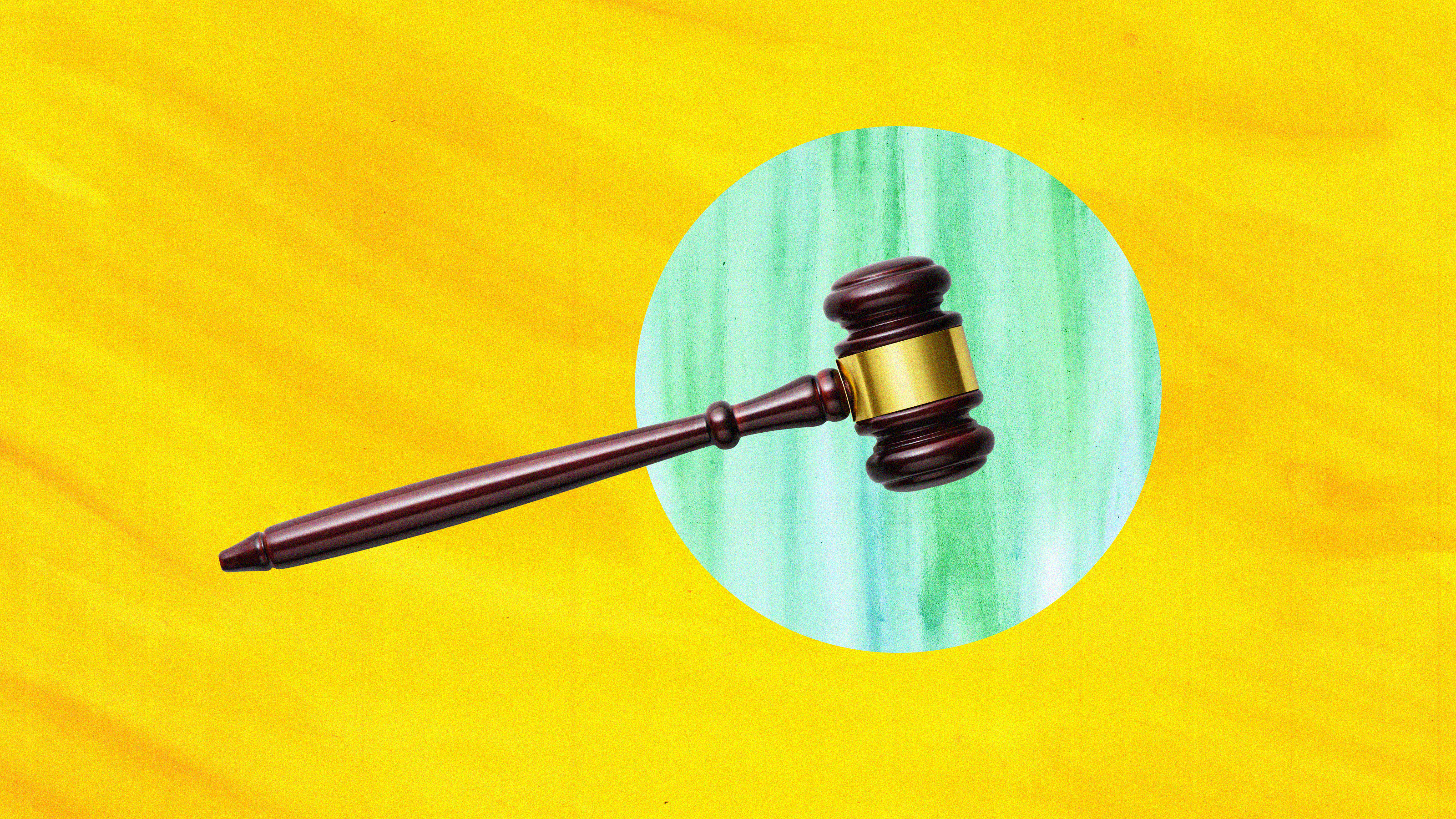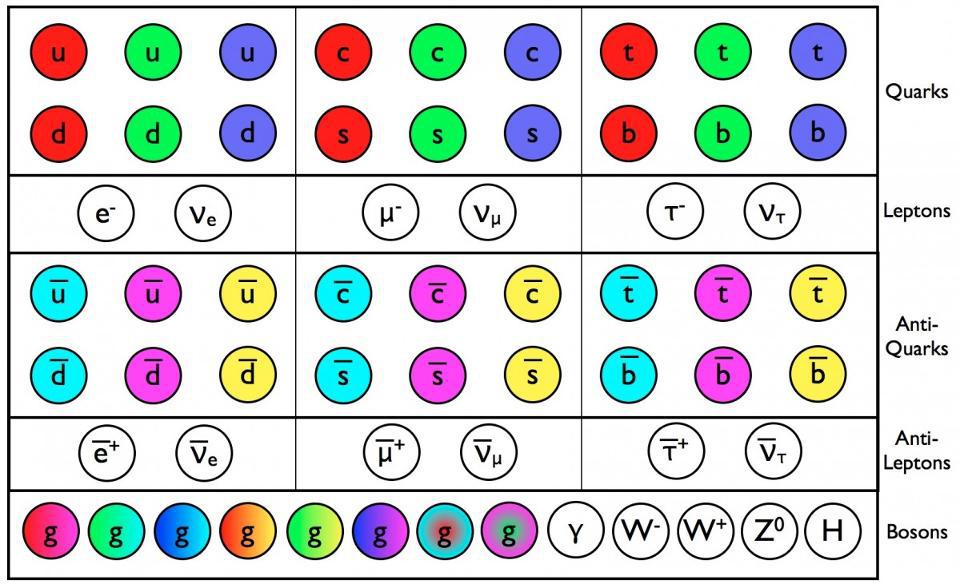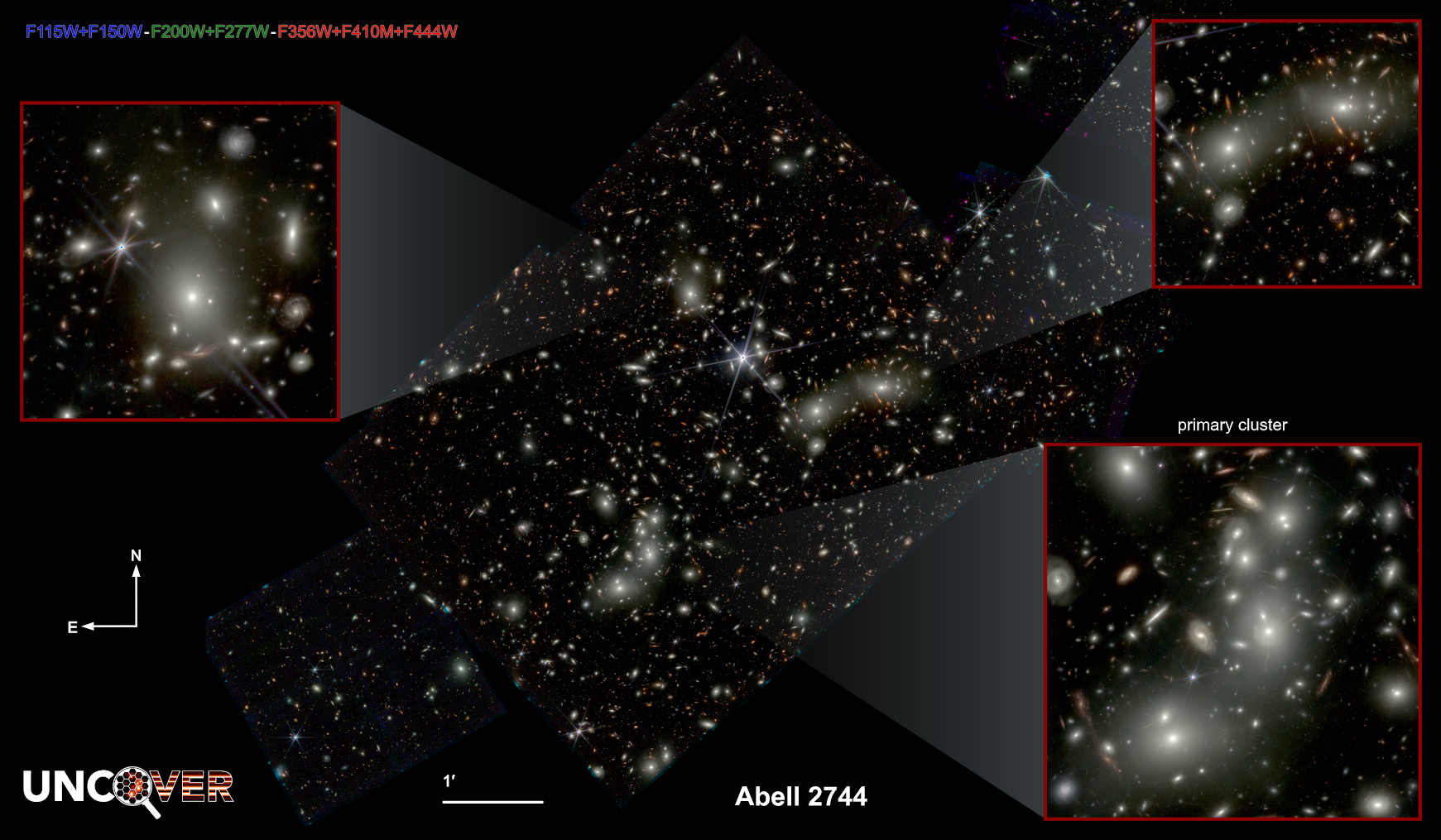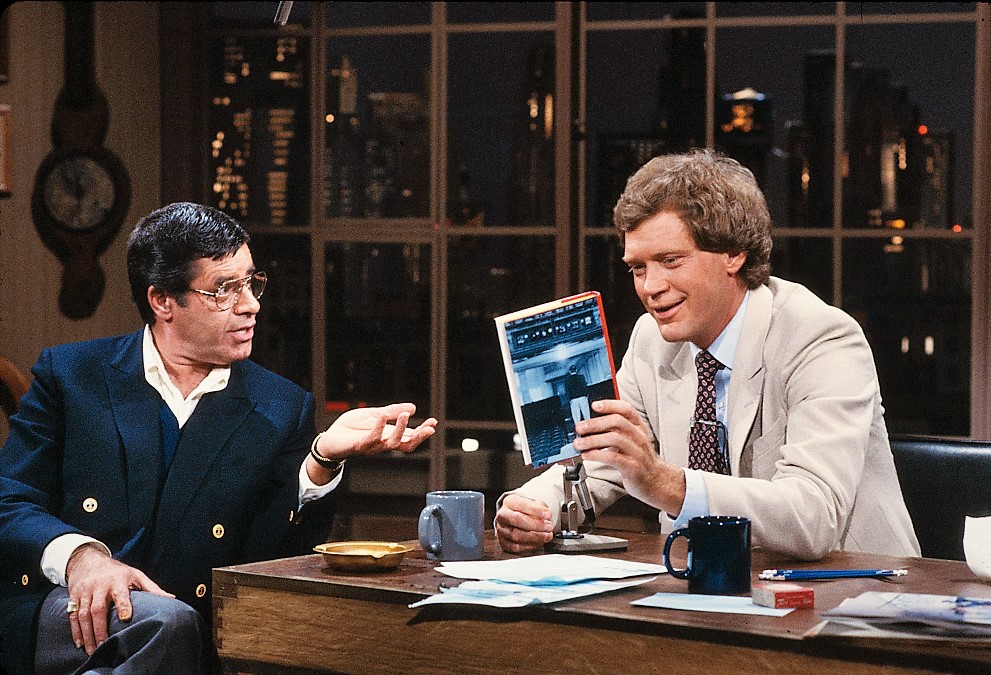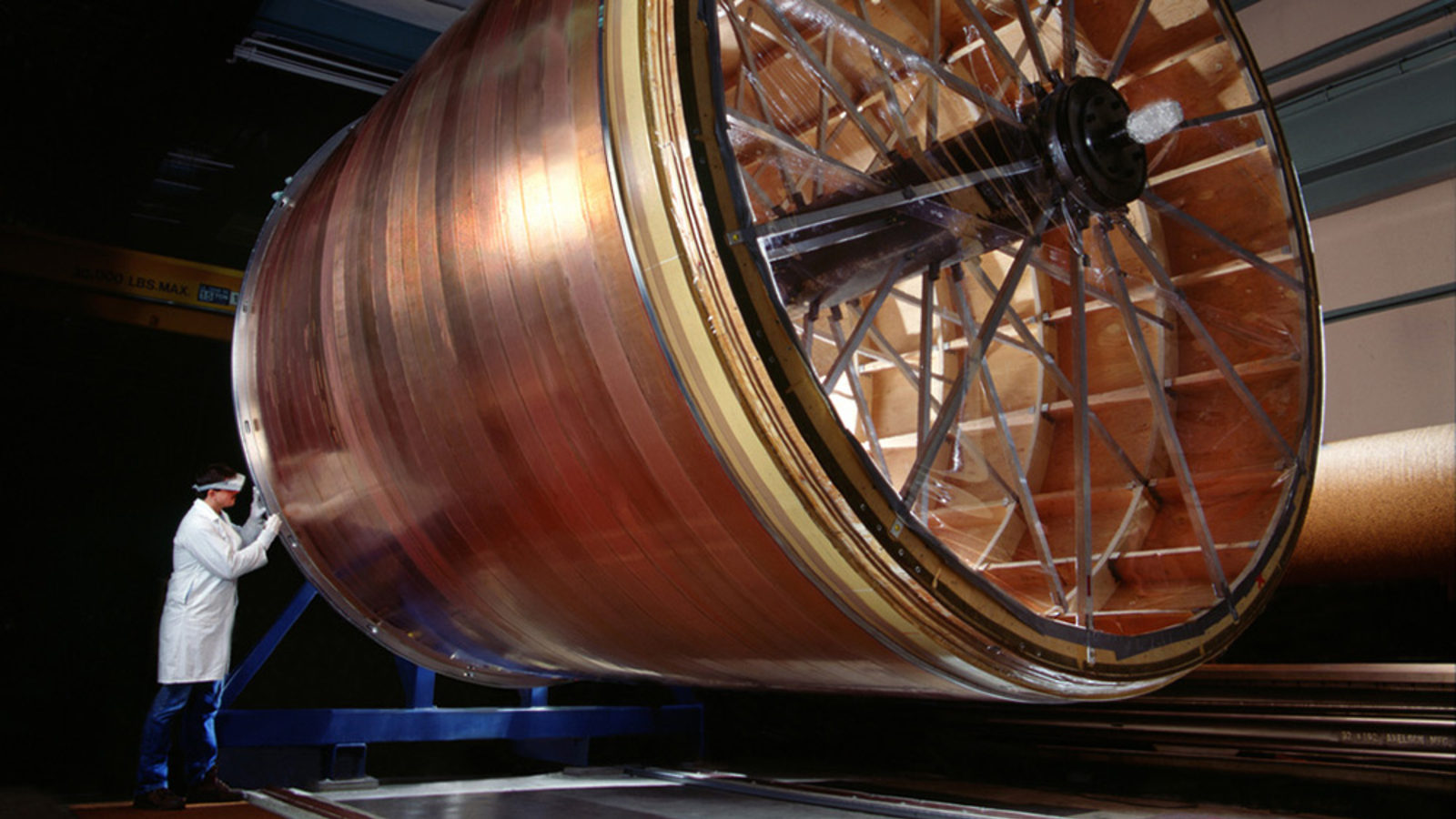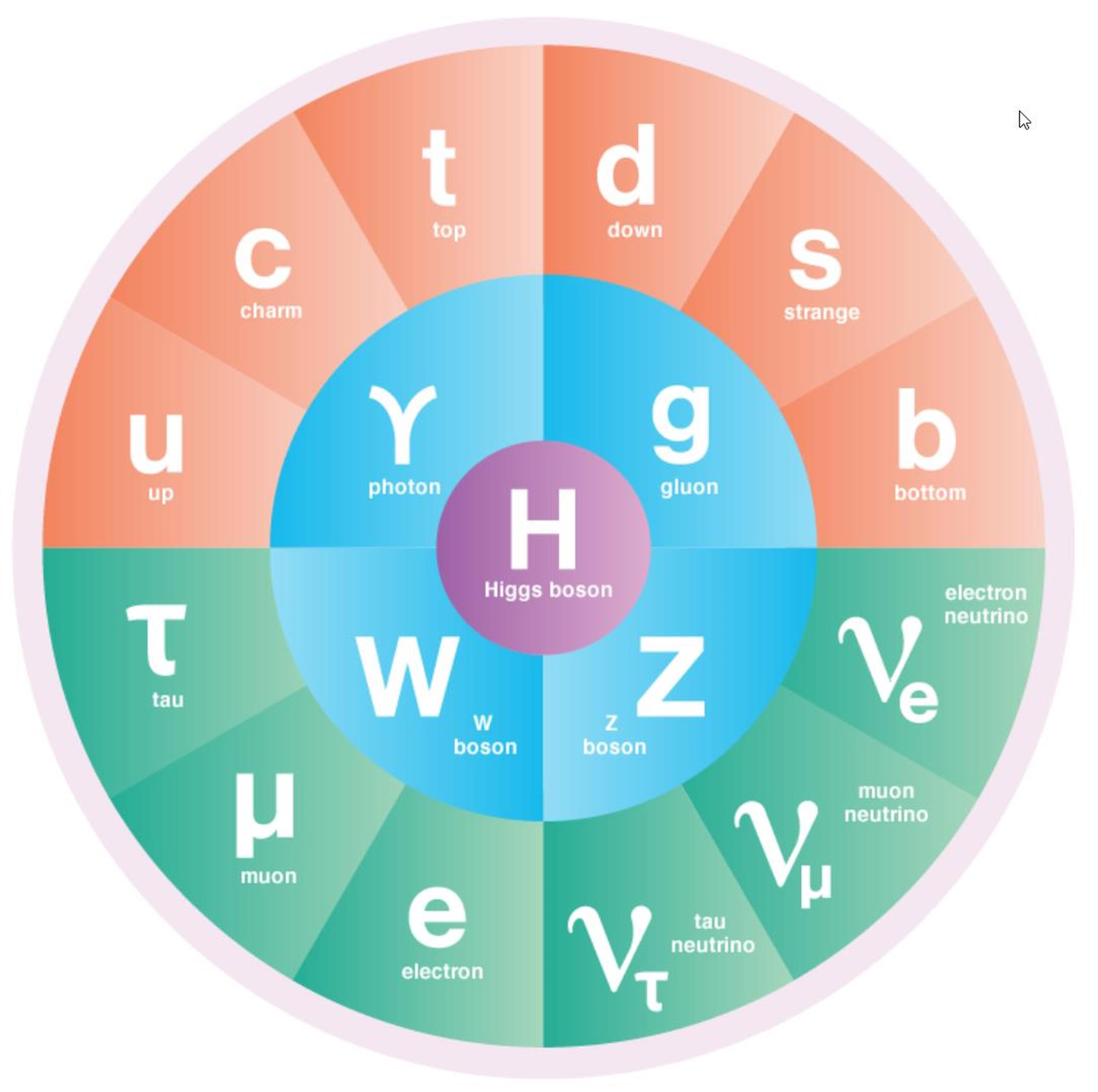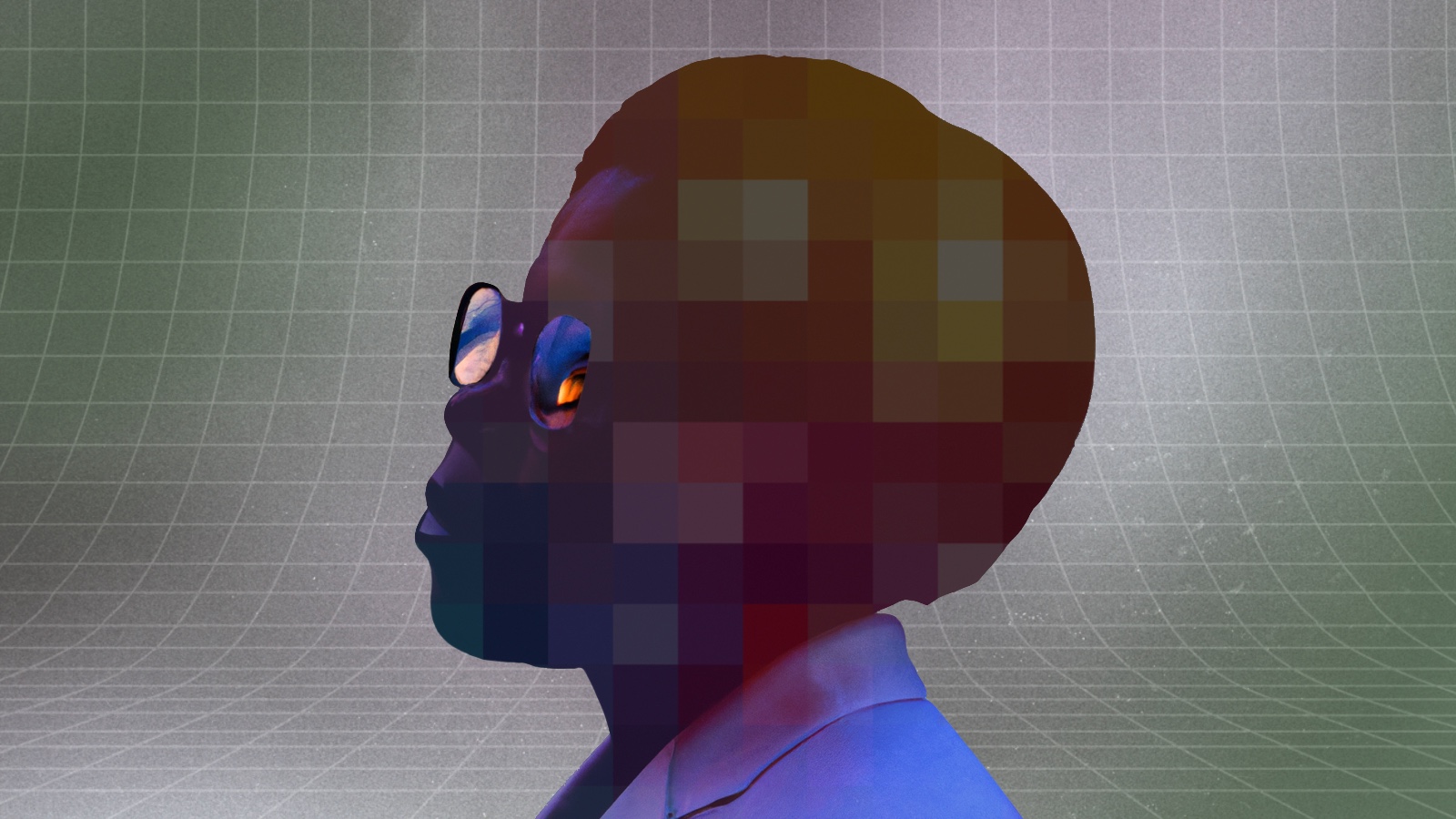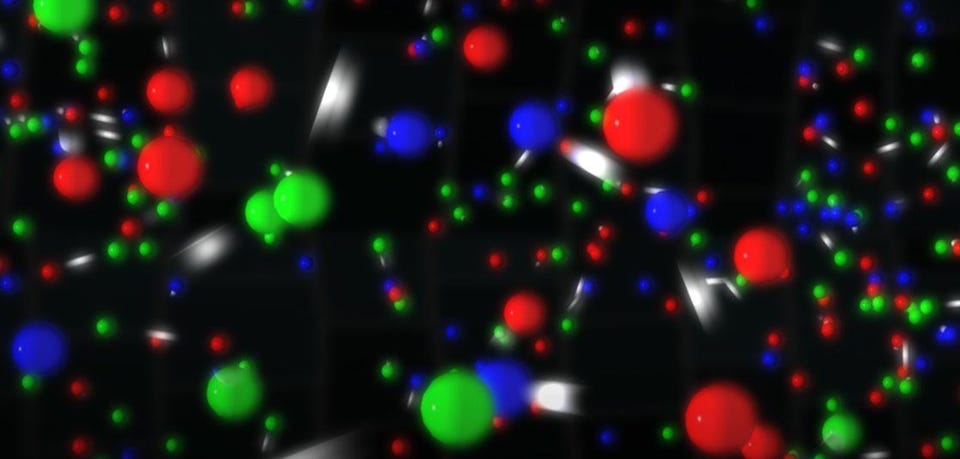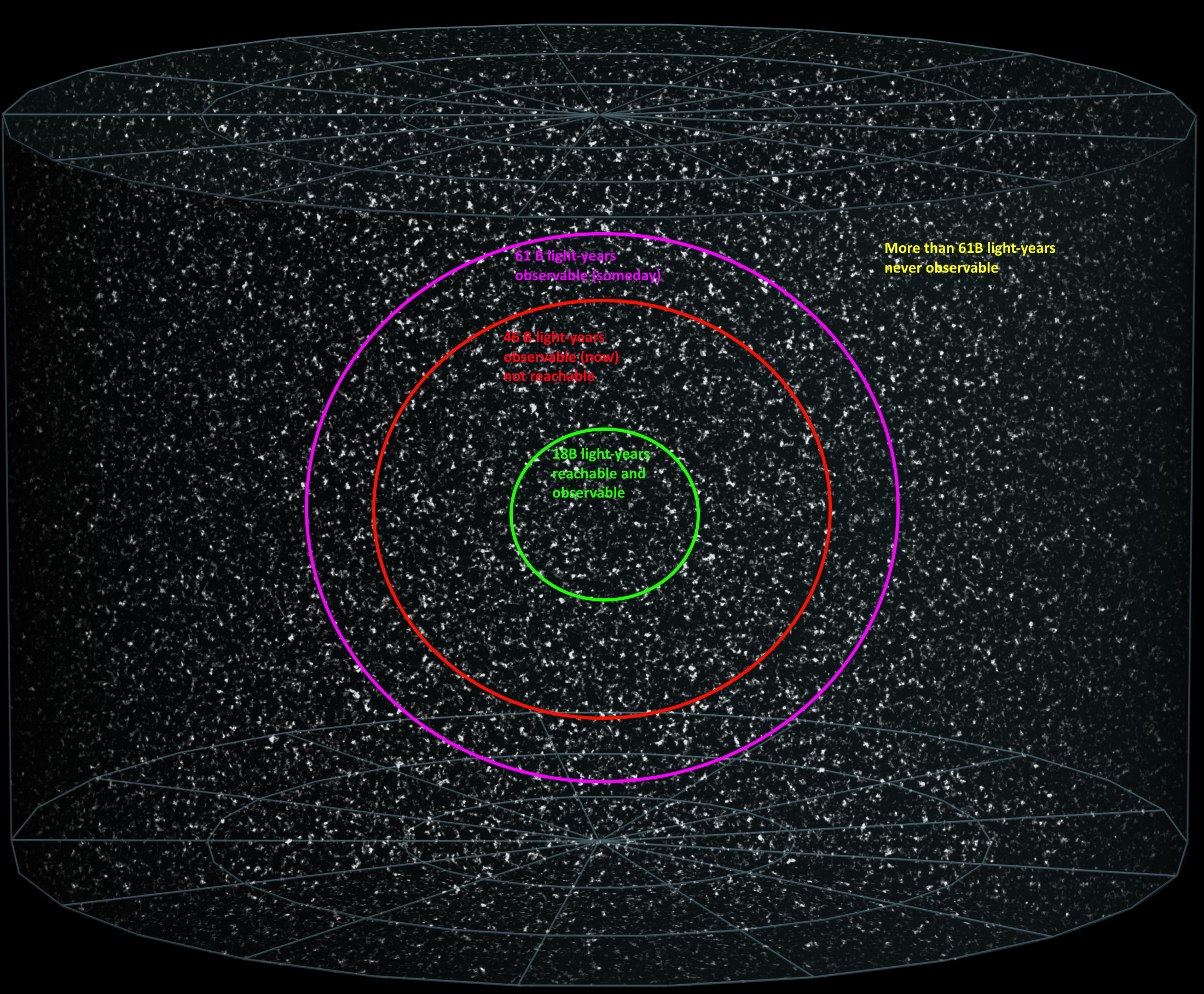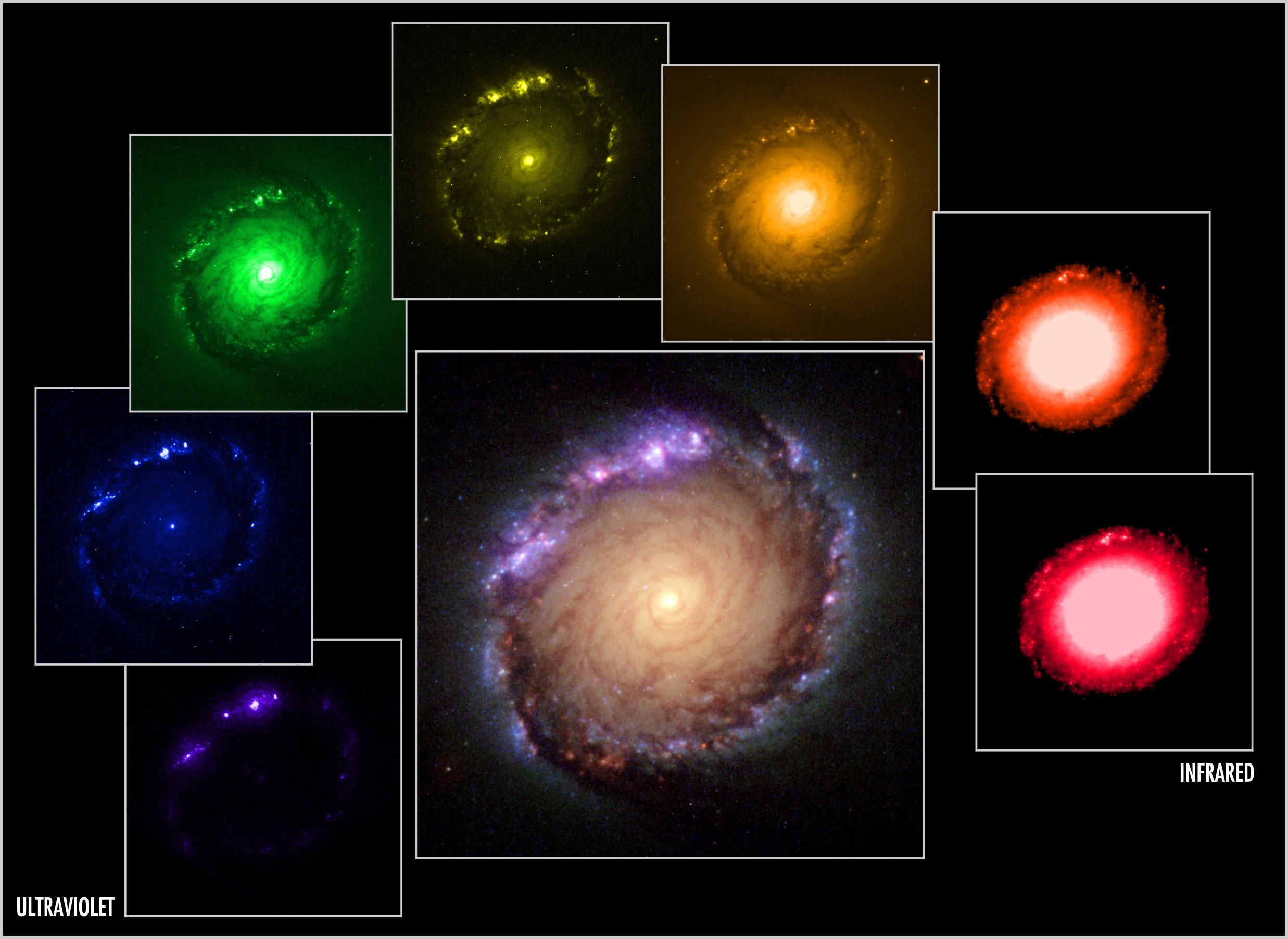Some constants, like the speed of light, exist with no underlying explanation. How many “fundamental constants” does our Universe require?
Search Results
You searched for: w ll
Matt Strassler’s journey into fundamental physics culminates in a brilliant explanation of the Higgs field. Enjoy this exclusive interview.
One of the fundamental constants of nature, the fine-structure constant, determines so much about our Universe. Here’s why it matters.
Just a small gesture or a thoughtful comment can often alter a situation, or people’s perceptions of it, in ways that relieve tensions and make them feel appreciated and included.
The majority of the matter in our Universe isn’t made of any of the particles in the Standard Model. Could the axion save the day?
Four key components to guide the creation of emotional intelligence training for leaders.
The observation that everything we know is made out of matter and not antimatter is one of nature’s greatest puzzles. Will we ever solve it?
In the early stages of the hot Big Bang, matter and antimatter were (almost) balanced. After a brief while, matter won out. Here’s how.
Forgetting and misremembering are the building blocks of creativity and imagination.
The Standard Model may or may not be in trouble, but particle physics definitely needs saving. Here’s what the new LHC can do.
2023’s Nobel Prize was awarded for studying physics on tiny, attosecond-level timescales. Too bad that particle physics happens even faster.
There are many theories of gravity out there, and many interpretations of wide binary star data. What have we really learned from it all?
Practically all of the matter we see and interact with is made of atoms, which are mostly empty space. Then why is reality so… solid?
At a fundamental level, only a few particles and forces govern all of reality. How do their combinations create human consciousness?
Talking to yourself seems to yield real benefits, from boosts in cognitive performance to improved emotional regulation.
From active listening to giving feedback, these five capabilities are integral to interpersonal skills training.
Memory, responsibility, and mental maturity have long been difficult to describe objectively, but neuroscientists are starting to detect patterns. Coming soon to a courtroom near you?
The Standard Model of elementary particles has three nearly identical copies of particles: generations. And nobody knows why.
An incredible composite image of Pandora’s Cluster, Abell 2744, simultaneously showcases both our impressive knowledge and vast ignorance.
When you can’t enter flow, you can still lean on your internal rhythm.
End of life patients face mental health challenges uniquely existential and spiritual in nature — but psychedelics are emerging as a possible solution to relieve the suffering.
Late-night shows, developed during the “golden age” of TV, are no longer as relevant in the age of streaming services and Donald Trump.
The great hope is that beyond the indirect, astrophysical evidence we have today, we’ll someday detect it directly. But what if we can’t?
Boredom isn’t the enemy; it’s a catalyst for changing your relationship to work.
The combination of charge conjugation, parity, and time-reversal symmetry is known as CPT. And it must never be broken. Ever.
Women have made incredible gains into STEM fields, but they continue to face gender biases in the workplace.
Dark matter’s hallmark is that it gravitates, but shows no sign of interacting under any other force. Does that mean we’ll never detect it?
Before we formed stars, atoms, elements, or even got rid of our antimatter, the Big Bang made neutrinos. And we finally found them.
The zero-point energy of empty space is not zero. Even with all the physics we know, we have no idea how to calculate what it ought to be.
The photometric filters for the Vera Rubin Observatory are complete and showcase why they are indispensable for astronomy.
